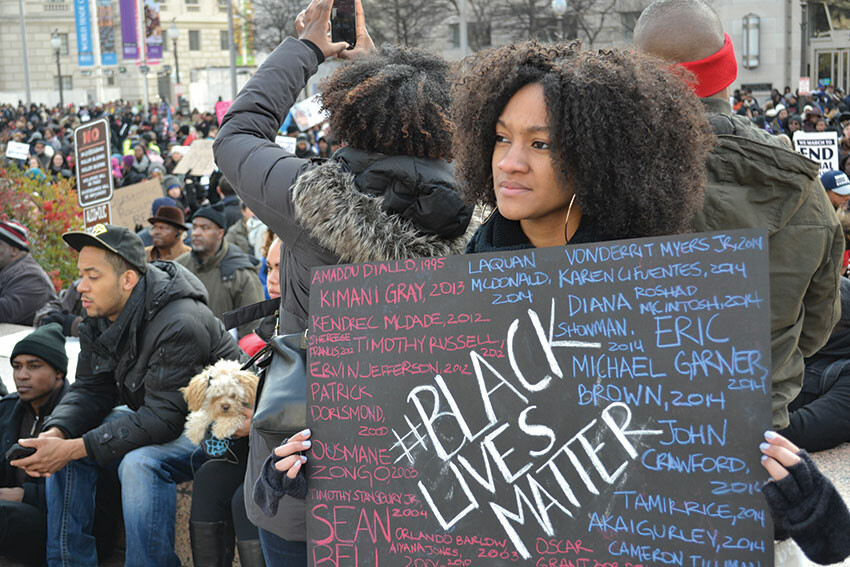Using the Call to Action in your life and church
By Melissa Lauber
UMConnection Staff

The churches and leaders of the Baltimore-Washington Conference are being called upon by the Northeastern Jurisdiction of The United Methodist Church to move from “rhetoric to action,” as they address issues of racism in their congregations and communities (see story opposite page).
Confronted with what the Rev. Martin Luther King Jr. called “the fierce urgency of now,” the NEJ delegates, including 24 delegates from the Baltimore-Washington Conference, passed a Call to Action that outlines 11 steps for addressing white privilege, white supremacy, racism
Among these steps is the initiation of conversations.
The General Commission on Religion and Race has created a resource, Vital Conversations, which may help as a starting point. To learn more, visit, www.gcorr.org.
The commission recommends several guidelines for small groups and churches when speaking about potentially emotional issues. Among them:
- Be curious and open about what others are trying to say.
- Begin with where other people in the group are, not where you want them to be.
- Notice what people are saying, and what they are not saying.
- Be honest and authentic.
- Take responsibility for your part in any conflict or misunderstanding.
- Focus on the process and relationship, not just the solution.
The Call to Action also supports a July 13 statement issued by the Northeastern College of Bishops on violence and institutional racism. In that statement, the bishops ask United Methodists and churches to reflect on the following questions:
- How will you be a peacemaker in the midst of the storms of violence and destruction?
- How can you be a peacemaker and at the same time work for justice?
- What can you do to develop a sense of well-being and harmony in your life, in the lives of neighbors, strangers, friends
and community? - What social problems move you to want to make a difference by building bridges, making connections, and valuing people?
Churches will want to craft the way issues are talked about to meet the context in which they live and do ministry. Below are some conversation starters that center around the Call to Action that might be helpful. However, the spirit of this document is to engage people to actively address the sins of racism and inequality. Ultimately, the church will move beyond “thoughts and prayers” into deeds of discipleship and the transformation of the world.
- United Methodists have been called upon repeatedly to open their eyes, ears
and hearts to how racism casts its long shadow upon us. In what deep or unexpected ways has this shadow fallen upon your life? Upon your community? - The church was a leader in the Civil Rights Movement, but many feel it’s being complicit in the perpetuation of a culture of racism and white privilege. How can or should your church be more relevant in addressing issues of racism?
- The question for most churches is not how can we be diverse, but how can we be more diverse? Why is diversity so important? What specific things might your church do to expand its diversity? What role does courage play in diversity? What role does power play?
- What hard questions does the church need to be asking itself about race?
- Which portions of the Call to Action (on page 7) most resonate with you? Do any portions make you uncomfortable? Why or why not?
- After reading the Call to Action, how do you feel compelled to respond? What next steps do you feel called to help your community, church, district or annual conference to take?
Concerns, questions or thoughts to share? Contact us.

